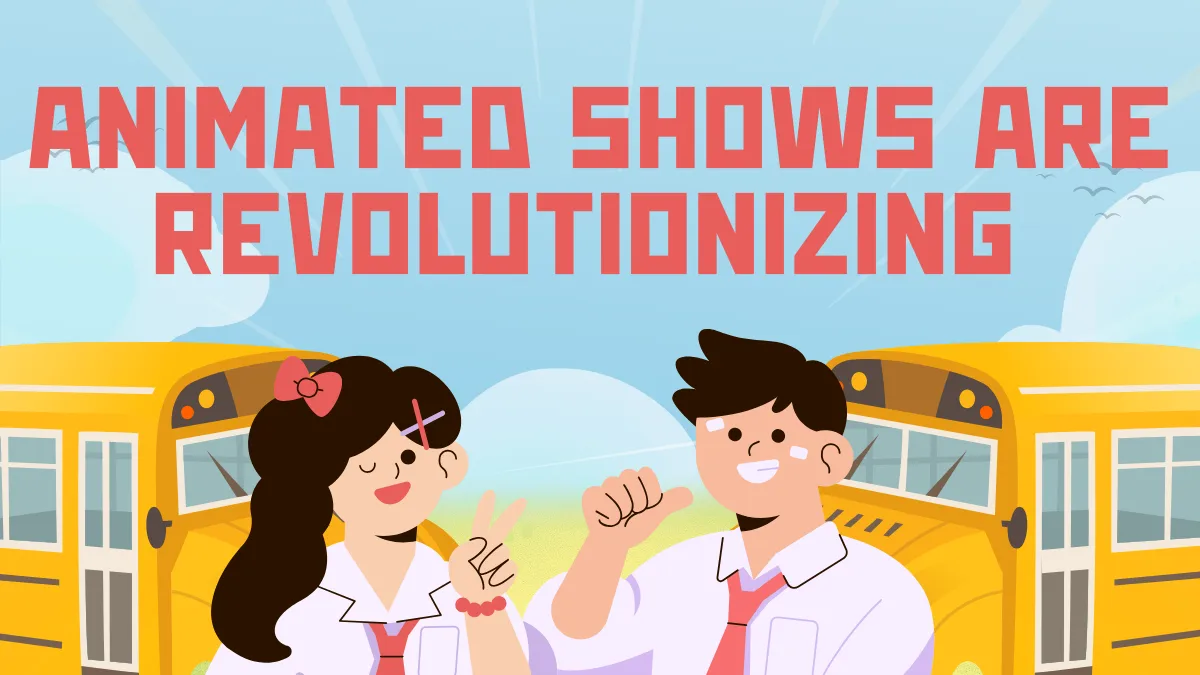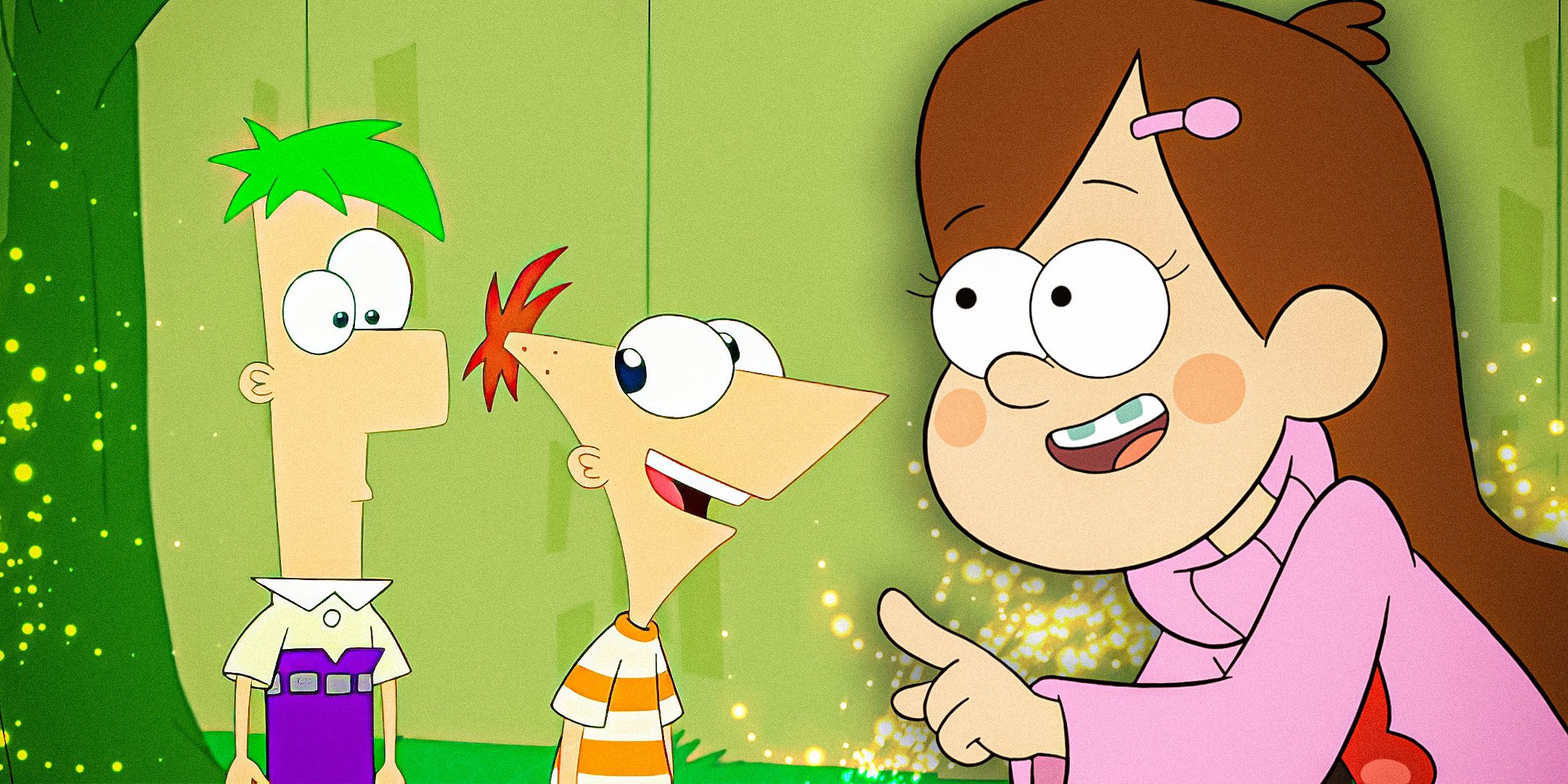
How Animated Shows Are Transforming Digital Marketing: A Deep Dive into the Future of Brand Storytelling
In an era where the average consumer is bombarded with thousands of brand messages daily, standing out is no longer just about offering a superior product — it’s about telling a story that captivates, entertains, and connects emotionally. Traditional advertising methods, while still effective in certain domains, often struggle to forge deep relationships with modern, digitally-savvy audiences. As a result, marketers are looking toward innovative content formats that can deliver not just visibility, but also loyalty and engagement. Animated shows have emerged as one of the most promising answers to this challenge.
Animation transcends the limitations of live-action storytelling by offering endless creative possibilities. It allows brands to create immersive worlds, iconic characters, and emotionally resonant narratives that can connect with diverse audiences across cultures and languages. Unlike conventional advertising, which often feels interruptive, animated content invites audiences to participate willingly in a branded experience — making the engagement more organic and memorable.
Moreover, the shift toward mobile-first and video-dominant digital ecosystems has made animation more relevant than ever. Consumers, especially Millennials and Gen Z, prefer snackable, visual-first content that can be consumed on the go. Animated series, whether short-form clips or multi-episode narratives, fit perfectly into these consumption patterns while allowing brands to consistently reinforce their values, voice, and story without coming across as overtly sales-driven.
As technology continues to lower the barriers to high-quality animation production — thanks to tools like AI-assisted animation, 3D software advancements, and virtual collaboration platforms — more brands are realizing that animated shows aren’t just a novelty; they are a strategic content investment. In this blog, we will explore how animated shows are reshaping the digital marketing landscape, highlight brands that have already harnessed their power, and provide actionable insights for marketers ready to embrace the future of brand storytelling.
Table of Contents
Sr. Headings
1. Introduction
2. Understanding the Emotional Power of Animation
3. Why Animated Shows Fit the Digital Consumer Behavior
4. Case Studies: Brands Winning with Animated Content
5. The Strategic Advantages of Animated Shows
6. Integrating Animated Series into Your Marketing Plan
7. Challenges to Consider
8. Future of Animation in Marketing
9. FAQ’s
10. Conclusion
Introduction
In the ever-evolving landscape of digital marketing, brands are constantly racing to capture audience attention in ways that feel authentic and memorable. Static ads and traditional commercials, while still relevant, no longer hold the same power over increasingly discerning consumers. People today crave stories — experiences that resonate emotionally, visually, and intellectually. This is where animated shows are stepping into the spotlight, offering marketers a dynamic, creative way to captivate audiences in a cluttered digital world.
Animation has a unique charm: it can simplify the complex, exaggerate the ordinary, and bring the impossible to life. It taps into universal emotions like nostalgia, humor, and hope — emotions that drive human behavior and influence purchasing decisions. Whether it’s a whimsical character, a heartwarming narrative, or a vivid fantasy world, animated storytelling speaks to audiences across age groups, cultures, and geographies. This versatility makes animation not just a format of entertainment but a powerful medium for brand storytelling.
Moreover, the rise of streaming platforms, social media, and mobile-first content consumption has created an environment where animated content can thrive. Short animated clips, serialized episodes, and even interactive animations are finding huge audiences on platforms like YouTube, TikTok, Instagram Reels, and OTT services. These platforms reward creativity and shareability — two areas where animation naturally excels. Brands leveraging animated shows are not just advertising; they are building communities, sparking conversations, and cultivating loyalty.
In an age where attention spans are shrinking and competition for consumer loyalty is fiercer than ever, animated shows offer brands a strategic edge. They combine entertainment with marketing in a way that feels less like selling and more like storytelling. As technology advances and production costs become more accessible, the trend of brands investing in animated series is set to grow even stronger. For digital marketers, embracing animation isn’t just a creative decision — it’s a strategic one that can define the future of brand engagement.

Understanding the Emotional Power of Animation
Animation possesses a rare ability to tap directly into human emotions, creating instant and lasting connections with audiences. Unlike live-action storytelling, animation is not limited by the physical world — it can amplify emotions, depict abstract ideas, and simplify complex concepts with visual metaphors that are universally understood. The exaggerated expressions, vibrant colors, and imaginative worlds often seen in animated content evoke powerful feelings of nostalgia, wonder, humor, or empathy. Studies have shown that content that sparks emotional reactions is significantly more likely to be remembered and shared, making animation a natural fit for brands aiming to build lasting relationships with their customers. Moreover, animation softens commercial messaging; it allows brands to tackle serious, complex, or sensitive topics in a more accessible and less intimidating manner. By leveraging the emotional potency of animated storytelling, marketers can go beyond selling products — they can inspire loyalty, trust, and genuine affection for their brand.
Would you like me to also create an expanded version with multiple paragraphs, maybe by adding examples
Why Animated Shows Fit the Digital Consumer Behavior
Today’s consumers demand more than products; they demand experiences. Animated shows naturally fit the experience-driven economy.
Key reasons include:
Short Attention Spans: Animation grabs and retains attention quickly.
Mobile-First World: Short animated episodes are perfect for mobile consumption.
Desire for Story: Consumers favor brands that tell engaging stories rather than push aggressive sales messages.
Global Audiences: Animation transcends language, making it ideal for global campaigns.
Why Animated Shows Fit the Digital Consumer Behavior
Duolingo
Through its hilarious animated TikToks featuring the Duolingo Owl, the brand has achieved massive virality and made language learning “cool” among Gen Z.
Chipotle – “A Future Begins”
An emotionally driven animated film focused on sustainable farming, Chipotle strengthened its brand values while emotionally connecting with socially conscious consumers.
Red Bull
Red Bull’s animated series and shorts emphasize extreme sports culture, inspiring young audiences and reinforcing its brand as an enabler of adrenaline experiences.
These examples reveal that animation is not just about visuals — it’s about values, vision, and voice.
The Strategic Advantages of Animated Shows
Infinite Creative Freedom: Anything imaginable can be visualized.
Evergreen Content: Animated content tends to remain relevant longer than trendy ads.
Emotional Storytelling: Amplifies relatability and builds brand affinity.
Cost Flexibility: High-quality animation can be produced at a fraction of Hollywood-level live-action shoots.
Omnichannel Distribution: Easily repurpose across YouTube, Instagram, TikTok, CTV (Connected TV), and websites.
Integrating Animated Series into Your Marketing Plan
Start with Strategy, Not Style.
Define your objectives: Awareness, education, loyalty, or entertainment.
Next, align the animation style (2D, 3D, stop motion) with your brand voice.Steps to Launch an Animated Show for Marketing:
Identify core brand stories.
Choose the animation style best suited to your audience.
Produce a pilot episode and measure engagement.
Build series episodes or short-format content around customer journeys.
Distribute and promote across multiple platforms.
Challenges to Consider
While powerful, animated shows come with challenges:
Resource Intensive: Quality animation requires skilled creatives and time.
Brand Alignment: Misaligned tone can confuse or alienate audiences.
Story Over Product: Over-focusing on selling rather than storytelling reduces effectiveness.
Solution? Maintain audience-first storytelling, where the brand role feels natural, not intrusive.
Future of Animation in Marketing
With the rise of AI animation tools, Web3 storytelling environments, and interactive animated content, the future is set for dynamic, personalized animated experiences.
Brands that adopt and adapt early will create stronger emotional moats around their customers, leading to unparalleled loyalty.



Animated shows are effective because they capture attention quickly, evoke strong emotional responses, and make complex ideas easy to understand. Animation also transcends language and cultural barriers, making it ideal for reaching diverse, global audiences. It allows brands to tell memorable, relatable stories that naturally engage rather than interrupt.
Small businesses can start with short, simple animations using affordable online tools like Canva, Animaker, or Powtoon. Even basic animated explainer videos or storytelling shorts can create a strong brand impact without the high production costs of traditional advertising. Partnering with freelance animators or agencies offering starter packages is another smart option.
The best types of animated content include short web series, explainer videos, brand storytelling animations, customer testimonial animations, and animated social media posts or ads. Story-driven animated series that reflect a brand’s values and entertain audiences tend to perform especially well across platforms.
Almost every industry can benefit — but especially sectors like technology, education, healthcare, entertainment, e-commerce, and finance. Any business that needs to simplify complex ideas, emotionally connect with customers, or stand out in a crowded market will find animation a powerful tool.
Animated shows create memorable characters, emotional stories, and consistent narratives that audiences grow attached to over time. By entertaining and emotionally resonating with viewers, brands move from being just service providers to becoming a trusted, familiar part of the audience’s daily life, thus fostering deeper loyalty.
Conclusion
Animated shows have shifted from entertainment to essential brand-building tools. Their ability to captivate, educate, and emotionally resonate with audiences positions them at the forefront of next-generation digital marketing strategies.
Brands that embrace this medium now will not just capture attention — they’ll capture hearts.
OCP Academy
(A Unit of OCP Foundation)
Learning Today, Leading Tomorrow

